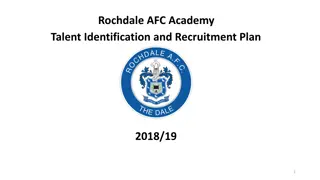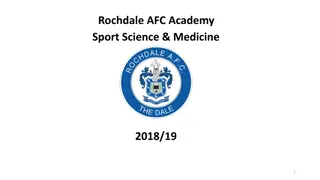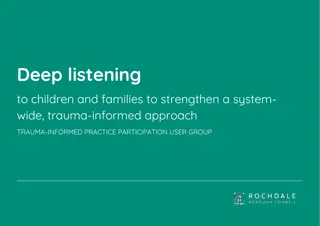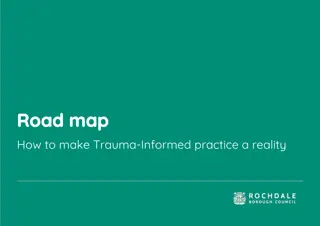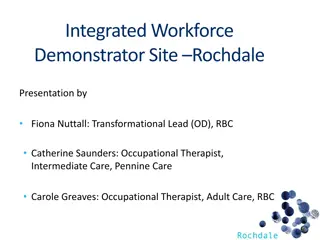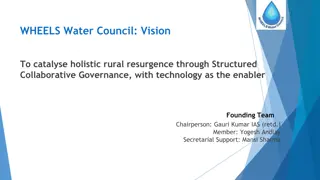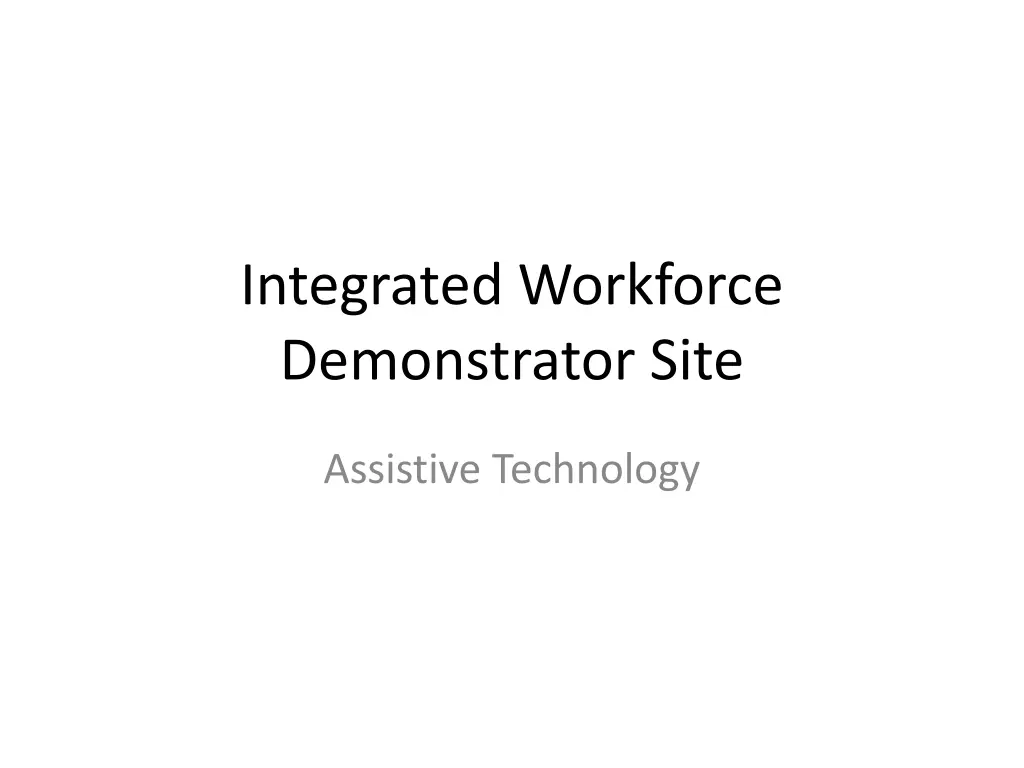
Enhancing Care Services with Assistive Technology
Explore how the Integrated Workforce Demonstrator Site is utilizing assistive technology to improve care services. Discover the training elements, hard data insights, roles of staff, and the next phases in implementing assistive technology solutions across various healthcare professionals and organizations.
Download Presentation

Please find below an Image/Link to download the presentation.
The content on the website is provided AS IS for your information and personal use only. It may not be sold, licensed, or shared on other websites without obtaining consent from the author. If you encounter any issues during the download, it is possible that the publisher has removed the file from their server.
You are allowed to download the files provided on this website for personal or commercial use, subject to the condition that they are used lawfully. All files are the property of their respective owners.
The content on the website is provided AS IS for your information and personal use only. It may not be sold, licensed, or shared on other websites without obtaining consent from the author.
E N D
Presentation Transcript
Integrated Workforce Demonstrator Site Assistive Technology
Presented by Carole Greaves; Occupational Therapist, Adult Care, Rochdale Borough Council Catherine Saunders; Occupational Therapist, Intermediate Care, Pennine Care Fiona Nuttall; Transformational Lead (OD), Rochdale Borough Council
Hard Data Initially 839 staff for the online awareness course across multiple organisations, services and professions 217 staff attended trainer led sessions from an exceptional wide range of organisations, services and functions, including Health, Social Care, voluntary sector and those in others where there are links to potential health and social care service users, e.g. Fire and Rescue Service, Police etc Numbers of staff participating in a comprehensive training programme to enable AT to be considered first in all cases
Training Needs Analysis (TNA) A holistic approach to the use of AT Referral processes Review processes Systemic knowledge An understanding of the range of hardware available The applicability of that hardware as a solution for patients /service users needs Understanding charging where applicable Understanding maintenance and set-up of hardware and other apps Problem solving with kit in situ Hardware knowledge Implementation knowledge
Roles and Levels of Staff District Nurses, Community Matrons, OT s, Social Workers, Assessment workers Support Planners, Understanding of functionality of AT as a solution/addition to community-based support Knowledge of the types of services/kit available either for home purchase or through mainstream service providers (Health and Social Care or Housing). Benefits to end user. Referral roles Advice and Information roles front door admin staff, voluntary sector workers e.g. Age Concern, Housing providers, GP s, Community Pharmacists Occupational therapists, HIA staff, Extra Care Housing Detailed understanding of what is available, how it improves outcomes for users, evidence based understanding of benefits for user, positive impacts on service need, problems solving AT solutions AT Service delivery roles
Next Phases Training elements
What worked well, and not so well? Collaboration Cooperation Increase in referrals Resource planning Infrastructure






